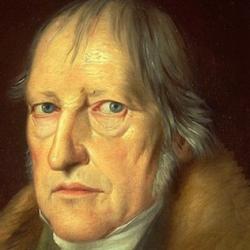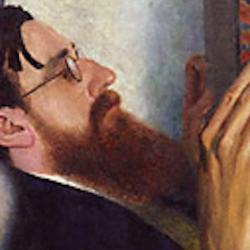Once upon a time, Europeans believed that the order of the world was the result of God’s providential guidance of all things. Along came Newton, who demonstrates that the world was a machine that operated by laws that could be described in mathematical terms. As Jonathan Sheehan and Dror Warhman put it (Invisible Hands, x), according to this story “Thereafter, God receded from mundane things, perhaps setting the gears of the world in motion, but above all content to let the natural order unfold in precise and orchestrated ways.”
Sheehan and Wahrman don’t believe this story, and they point out that Newton didn’t either: “Like many of is contemporaries, the great champion of natural law doubted that metronomic regularities could really account for the chance, disorder, and dynamism that are such cornerstones of both natural systems and human experience. Compared to a rigid mechanical order, after all, Christian divine providence was a reassuringly supple tool for explaining the vagaries of life and nature” (x).
Sheehan and Warhman trace the development of an alternative to both options, the notion of “self-organization”: “A classic example is a school of fish, which behaves as a superorganism whose movements are unintended by any individual fish. Instead, the behavior of the school emerges from the local interactions between every fish and its close neighbors, relations themselves determined by a few simple rules” (xi). The notion that the world was guided by an “invisible hand” enabled eighteenth-century Europeans to conjure “a world vulnerable to the operations of chance yet organized by unseen and powerful forces. Neither a clock nor an engine, this imagined world generated its orders in unexpected ways, shaped by aggregate systems that worked in apparent independence of the parts that made them up. Imagining the world in this way required new appreciations for complexity, new understanding of causality, and new functions for the divine hand. In response to the questions of what did guarantee harmony and order in a world replete with randomness, contemporaries came up with the what we propose was one of the most distinctive and far-reached innovations in this period: the notion that complex systems, left to their own devices, generated order immanently, without external direction, through self-organization” (x-xi).
Adam Smith obviously looms over this history, but Sheehan and Wahrman find similar developments in a variety of fields and areas of social life. From the late seventeenth century Europeans had “multiple new experiences of complexity, be it in new social structures that introduced aggregation, chance, and choice into the lives of a growing number of people, or in increasingly sophisticated tools of probabilistic analysis, or in new understandings of human nature” (xv). Varieties of the language of self-organization are found in biology, epistemology, social and economic thought, and politics. What they discover is the coming of a new social and intellectual environment “signaled by Horace Walpole’s felicitous discovery of ‘serendipity’ as that seemingly random unfolding of events that can indeed bring about, the obliviousness of the actors notwithstanding, those unexpected beneficial outcomes” (xvii).















